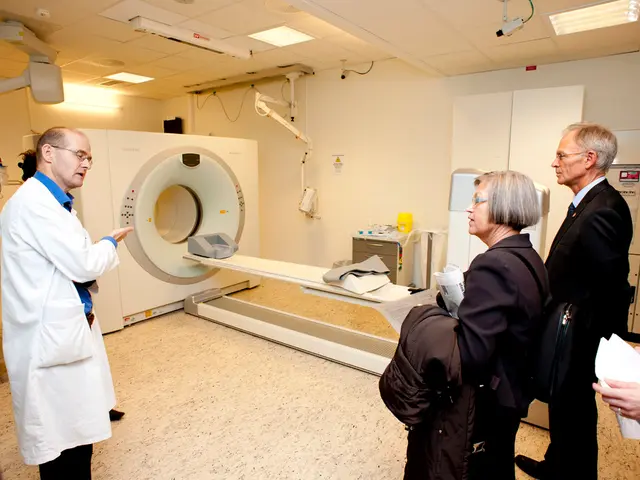Regenerative Medicine and Stem Cells: Unfulfilled Promises or True Prospects?
In the realm of regenerative medicine, the principle's appealing simplicity — utilizing cells, biomaterials, and molecules to restore malfunctioning body structures — is far from reality's complexities. This field, boasting the potential to revolutionize medical treatments by tackling the root causes of diseases, has yet to live up to its hype.
Regenerative medicine distinguishes itself from conventional drugs by focusing on the underlying causes of diseases, addressing them by repairing, replacing, or regenerating damaged cells. For example, someone living with type 1 diabetes who can't produce insulin would, in an ideal world, have their islets of Langerhans regenerated, eliminating the need for daily insulin shots and returning normal sugar metabolism.
While some strides, such as blood transfusions and bone marrow transplants, have been made, widespread use of regenerative medicine remains elusive. In fact, a panel of commissioners recently raised eyebrows by critiquing the lack of progress in this field, as reported in The Lancet. The low number of available treatments is staggering, given the colossal potential this field holds for addressing common health issues like heart disease, stroke, and neurological conditions.
Why hasn't regenerative medicine's promise materialized? The commissioners suggest that the road between successful research and medical practice is overburdened with hurdles, such as hefty costs, scant reimbursement, and complexity. The FDA's lengthy approval process ensures safety and efficacy, but also adds to the delay and expense.
To make matters worse, the allure of untapped markets tempts some actors to exploit vulnerable patients seeking treatments for their desperate circumstances. Reports of unverified therapies being peddled by private clinics have surfaced, exemplified by the Florida stem cell clinic the FDA recently cracked down on. Without scientific evidence to back the treatments, patients were given stem cells extracted from fat, potentially exposing them to contaminated cells and unproven therapies.
To realign regenerative medicine with its lofty expectations, efforts must be focused on bridging the gap between research, regulation, affordability, and patient-centric advancements. By striking the right balance between risks, costs, and benefits for researchers, patients, and society, we can navigate this new frontier's challenges in an open, ethical, and efficient manner.
- In the quest for patient-centric advancements in regenerative medicine, it is crucial to overcome the hurdles in the process, such as high costs, scarce reimbursement, and complexity, to ensure the science can progress toward developing effective health-and-wellness therapies-and-treatments, like stem cell transplants.
- The stem cells, extracted from a patient's own body and used in regenerative medicine, hold immense potential for replacing or regenerating damaged cells, not only in the context of diabetes, but also in addressing common health issues like heart disease, stroke, and neurological conditions.
- The field of regenerative medicine, amidst its promise of revolutionizing healthcare by targeting the root causes of diseases, faces challenges in stem cell research and its application, as exemplified by unverified therapies being offered by some private clinics, which can pose risks to patients' health and expose them to contaminated cells.








